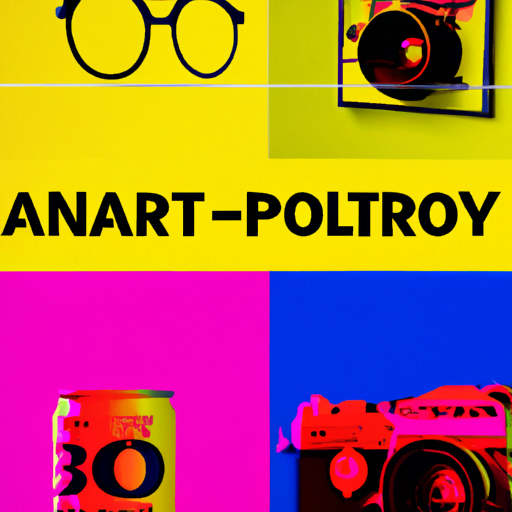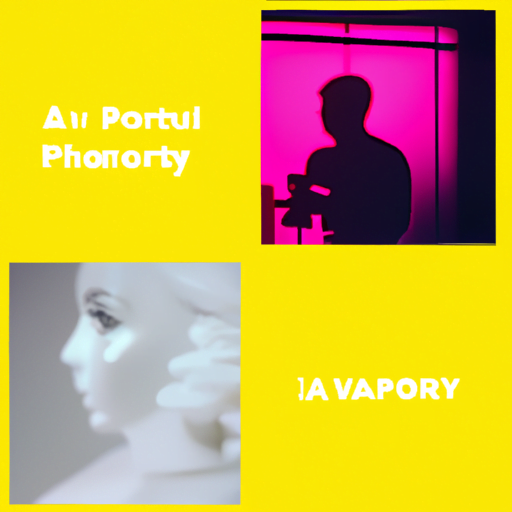
-
Table of Contents
- Exploring the Concept of Emotional Design in Graphics
- The Power of Emotional Design
- Understanding the Elements of Emotional Design
- 1. Color
- 2. Typography
- 3. Imagery
- 4. Composition
- 5. Motion
- Case Studies: Emotional Design in Action
- 1. Coca-Cola’s “Share a Coke” Campaign
- 2. Apple’s Product Launch Events
- Implementing Emotional Design in Graphics
- 1. Understand the Target Audience
- 2. Define the Emotional Goal
- 3. Use Visual Metaphors
- 4. Test and Iterate
- Summary
Exploring the Concept of Emotional Design in Graphics

Graphics play a crucial role in capturing the attention of viewers and conveying messages effectively. In today’s digital age, where visual content dominates various platforms, it is essential to understand the concept of emotional design in graphics. Emotional design refers to the intentional use of design elements to evoke specific emotions and create a memorable user experience. This article will delve into the importance of emotional design in graphics, its impact on user engagement, and how it can be effectively implemented.
The Power of Emotional Design
Emotional design has the power to elicit strong emotional responses from viewers, making it a valuable tool for designers. When graphics evoke emotions, they create a deeper connection with the audience, leading to increased engagement and better brand recall. Research has shown that emotions play a significant role in decision-making, with studies indicating that people rely heavily on emotions rather than rational thinking when making choices.
By incorporating emotional design in graphics, designers can tap into this emotional decision-making process and influence the audience’s perception and behavior. Whether it’s a website, advertisement, or social media post, emotional design can make the difference between a forgettable experience and a memorable one.
Understanding the Elements of Emotional Design
Emotional design encompasses various elements that work together to create a specific emotional response. These elements include color, typography, imagery, composition, and motion. Let’s explore each of these elements in detail:
1. Color
Color is one of the most powerful tools in emotional design. Different colors evoke different emotions and can significantly impact how viewers perceive and interpret graphics. For example:
- Red: Often associated with passion, excitement, and urgency.
- Blue: Conveys a sense of calmness, trust, and reliability.
- Yellow: Represents happiness, optimism, and energy.
- Green: Symbolizes nature, growth, and harmony.
By strategically using colors that align with the intended emotional response, designers can enhance the impact of their graphics and effectively communicate their message.
2. Typography
Typography plays a crucial role in emotional design by setting the tone and mood of the graphics. Different fonts and styles evoke different emotions. For example:
- Serif fonts: Often associated with tradition, elegance, and reliability.
- Sans-serif fonts: Convey a modern, clean, and straightforward feel.
- Script fonts: Evoke a sense of elegance, creativity, and femininity.
Choosing the right typography can help reinforce the intended emotional response and create a cohesive visual experience.
3. Imagery
Images have a powerful impact on emotions. The choice of imagery in graphics can evoke specific feelings and create a connection with the audience. For example, using images of smiling faces can evoke happiness and positivity, while images of natural landscapes can create a sense of tranquility and relaxation.
It is essential to select images that align with the intended emotional response and resonate with the target audience. High-quality and relevant imagery can significantly enhance the emotional impact of graphics.
4. Composition
The composition of graphics refers to how different design elements are arranged and organized. The composition can influence the emotional response by directing the viewer’s attention and creating a visual hierarchy. For example, placing a focal point in the center of the composition can create a sense of balance and stability, while asymmetrical compositions can evoke a feeling of dynamism and energy.
By carefully considering the composition, designers can guide the viewer’s emotional journey and enhance the overall impact of the graphics.
5. Motion
Motion graphics have gained significant popularity in recent years due to their ability to capture attention and evoke emotions. Motion can add an extra layer of depth and engagement to graphics, making them more memorable and impactful. For example, subtle animations can create a sense of playfulness, while dynamic transitions can evoke excitement and anticipation.
When incorporating motion into graphics, it is crucial to strike a balance between enhancing the emotional response and maintaining usability. Motion should be purposeful and not distract from the main message.
Case Studies: Emotional Design in Action
Let’s explore some real-world examples of emotional design in graphics:
1. Coca-Cola’s “Share a Coke” Campaign
Coca-Cola’s “Share a Coke” campaign is a prime example of emotional design. The campaign featured personalized Coke bottles with people’s names, encouraging consumers to share a Coke with their loved ones. The use of personalization and the emotional connection associated with sharing created a sense of happiness, nostalgia, and inclusivity.
2. Apple’s Product Launch Events
Apple is known for its meticulously designed product launch events. From the stage setup to the visuals displayed on giant screens, every element is carefully crafted to evoke excitement, anticipation, and a sense of wonder. The use of sleek visuals, captivating animations, and carefully chosen music creates an emotional experience that leaves a lasting impression on the audience.
Implementing Emotional Design in Graphics
Now that we understand the importance of emotional design in graphics, let’s explore some practical tips for implementing it effectively:
1. Understand the Target Audience
Before designing graphics, it is crucial to have a deep understanding of the target audience. Research their preferences, values, and emotional triggers. By aligning the design with the audience’s emotions, designers can create a more impactful and engaging experience.
2. Define the Emotional Goal
Clearly define the emotional response you want to evoke with the graphics. Whether it’s excitement, trust, or happiness, having a clear emotional goal will guide the design process and ensure consistency throughout the graphics.
3. Use Visual Metaphors
Visual metaphors can be powerful tools for evoking emotions. By using symbols and imagery that represent the desired emotional response, designers can create a deeper connection with the audience. For example, using a heart symbol to represent love and compassion.
4. Test and Iterate
Testing the emotional impact of graphics is essential to ensure they resonate with the intended audience. Conduct user testing and gather feedback to identify areas for improvement. Iterate on the design based on the feedback received to create a more emotionally compelling experience.
Summary
Emotional design in graphics is a powerful tool for creating memorable and engaging experiences. By strategically using elements such as color, typography, imagery, composition, and motion, designers can evoke specific emotions and influence the audience’s perception and behavior. Real-world examples, such as Coca-Cola’s “Share a Coke” campaign and Apple’s product launch
